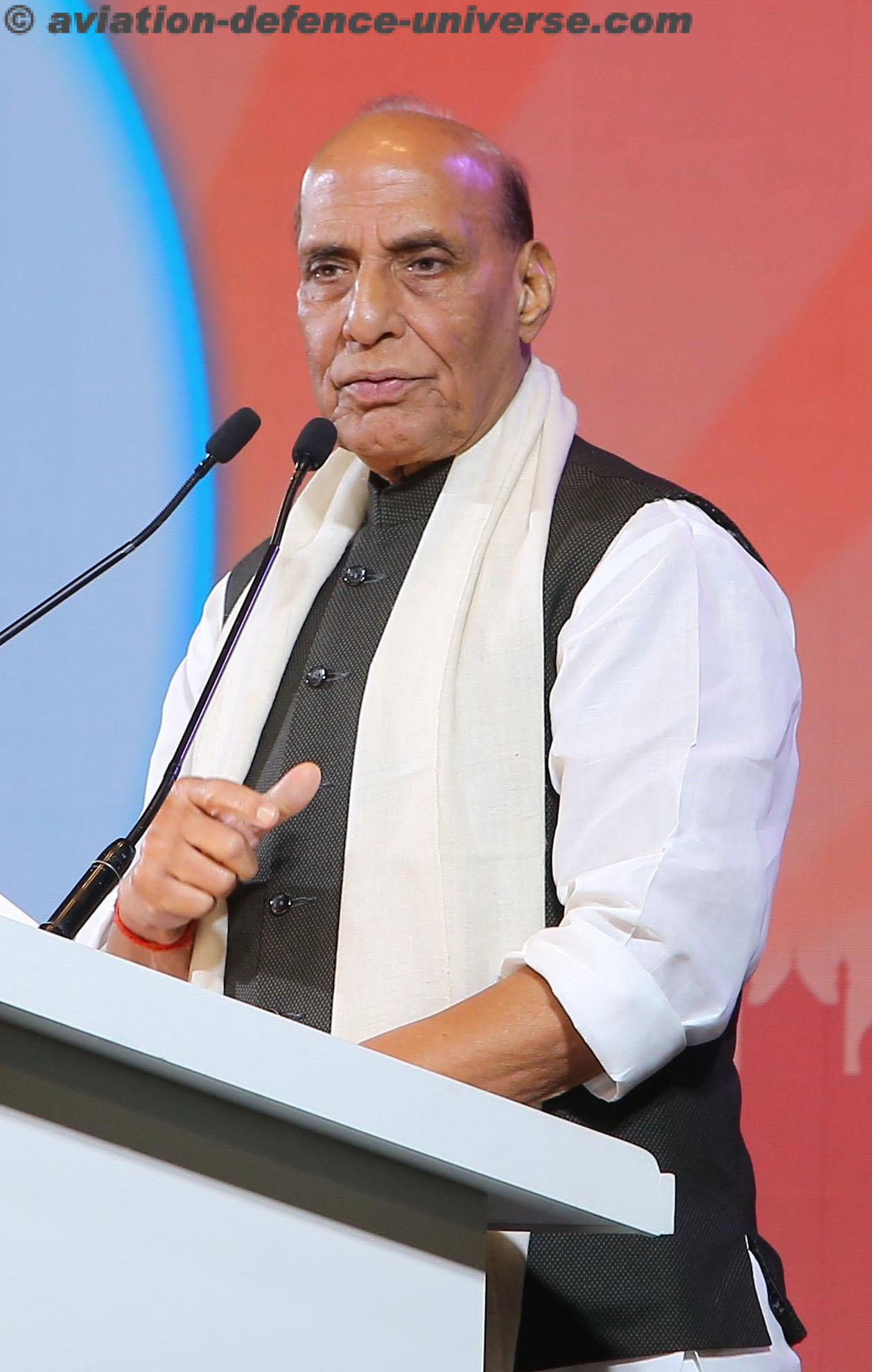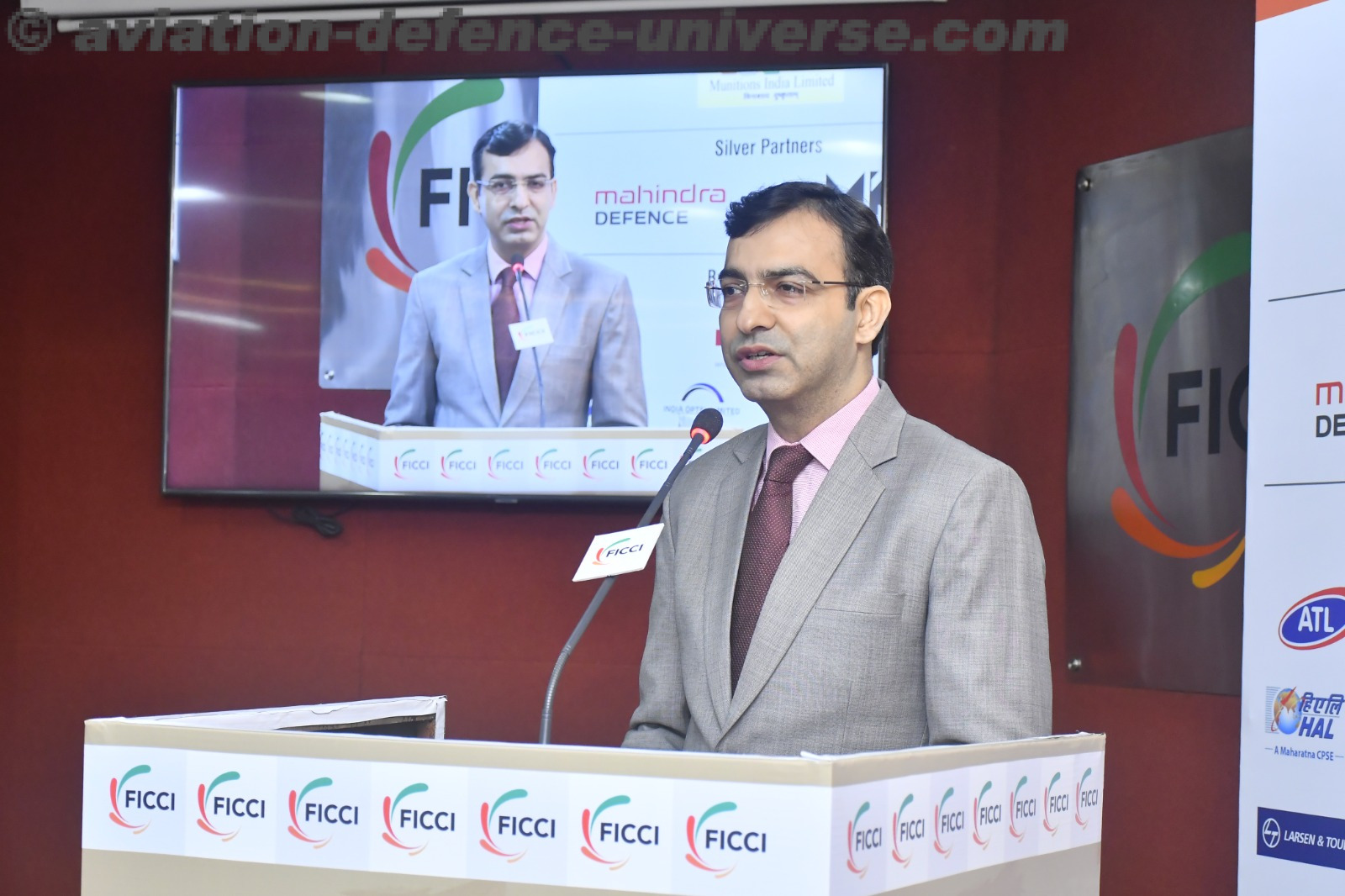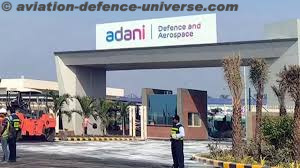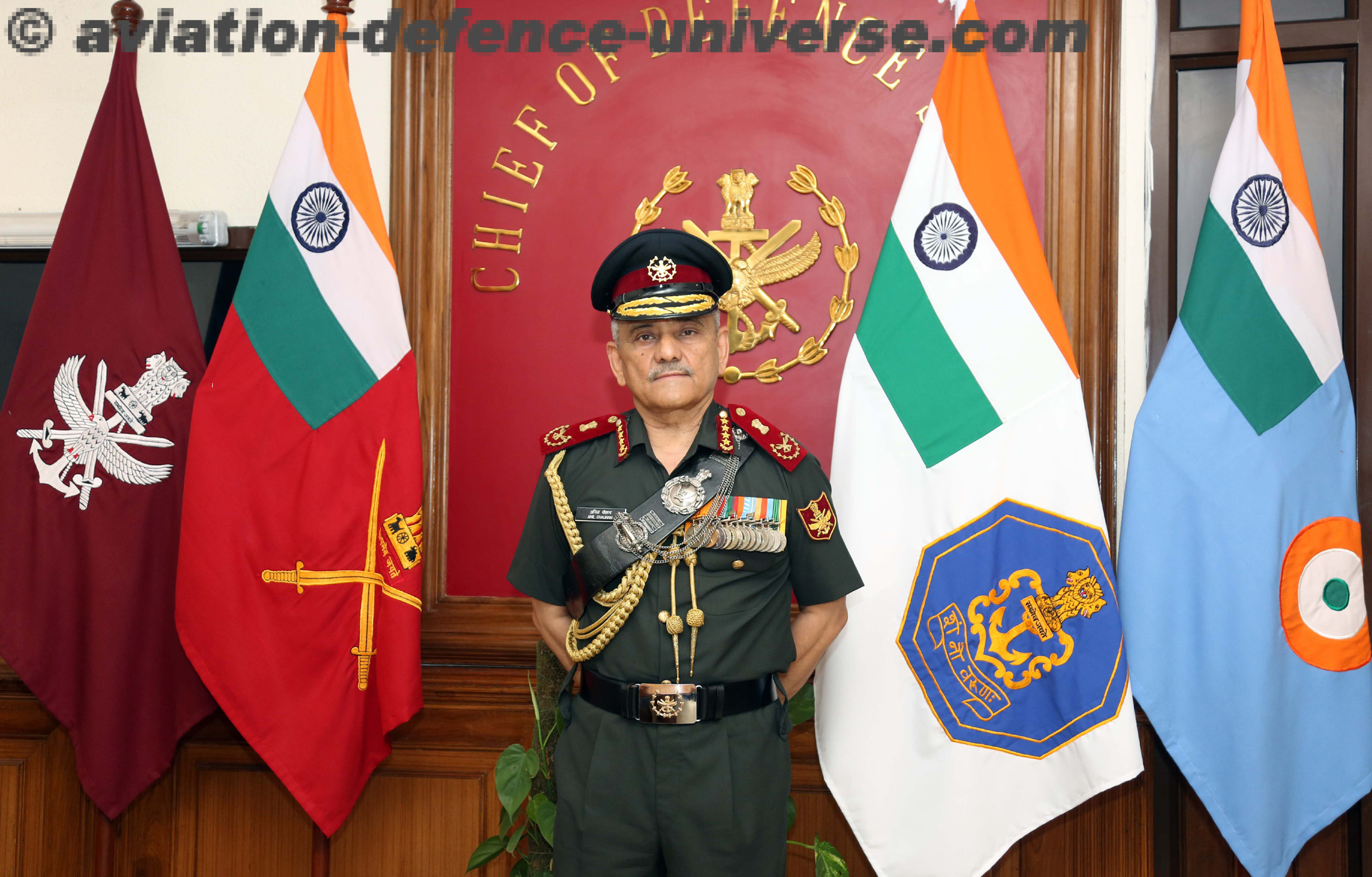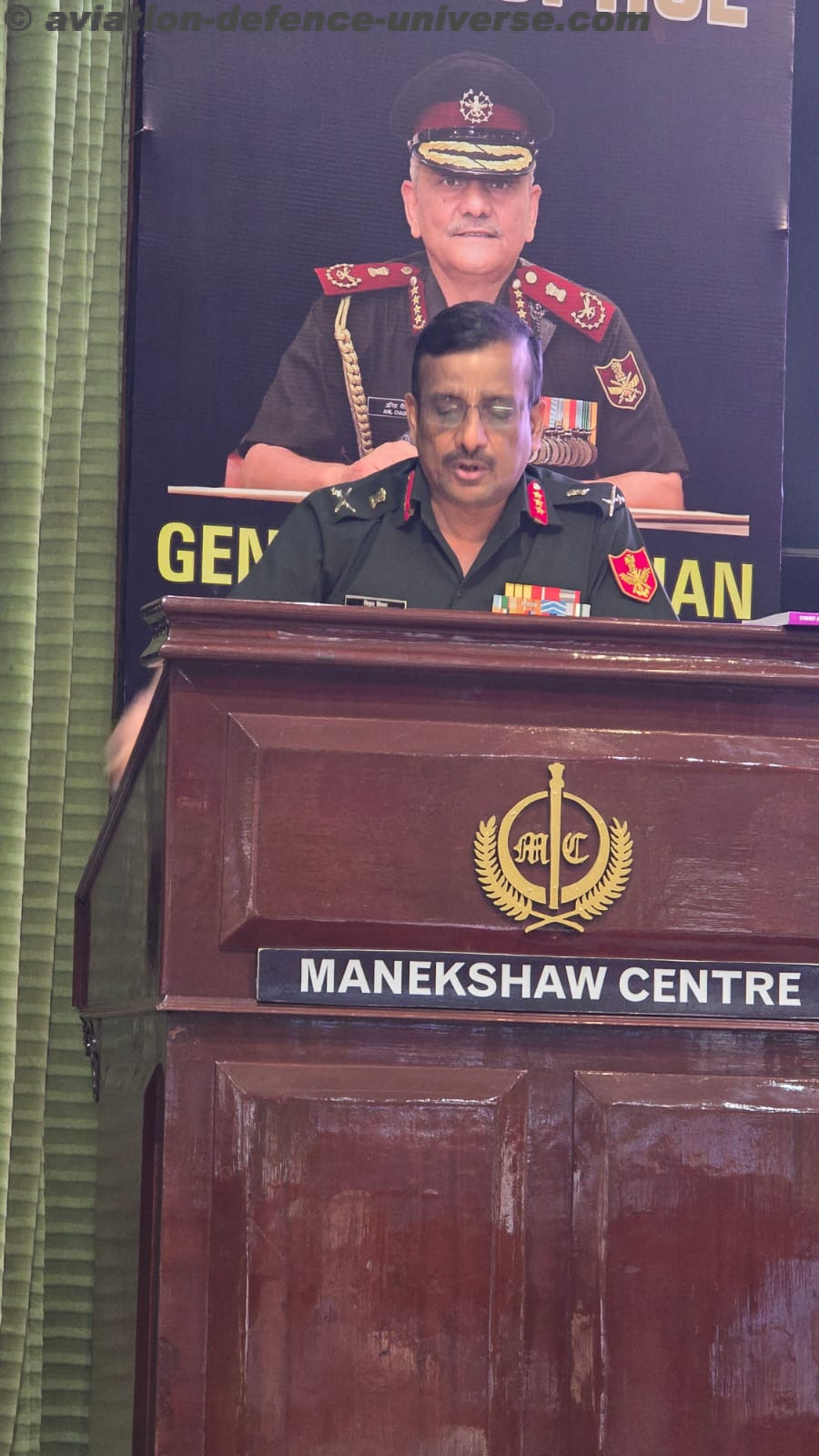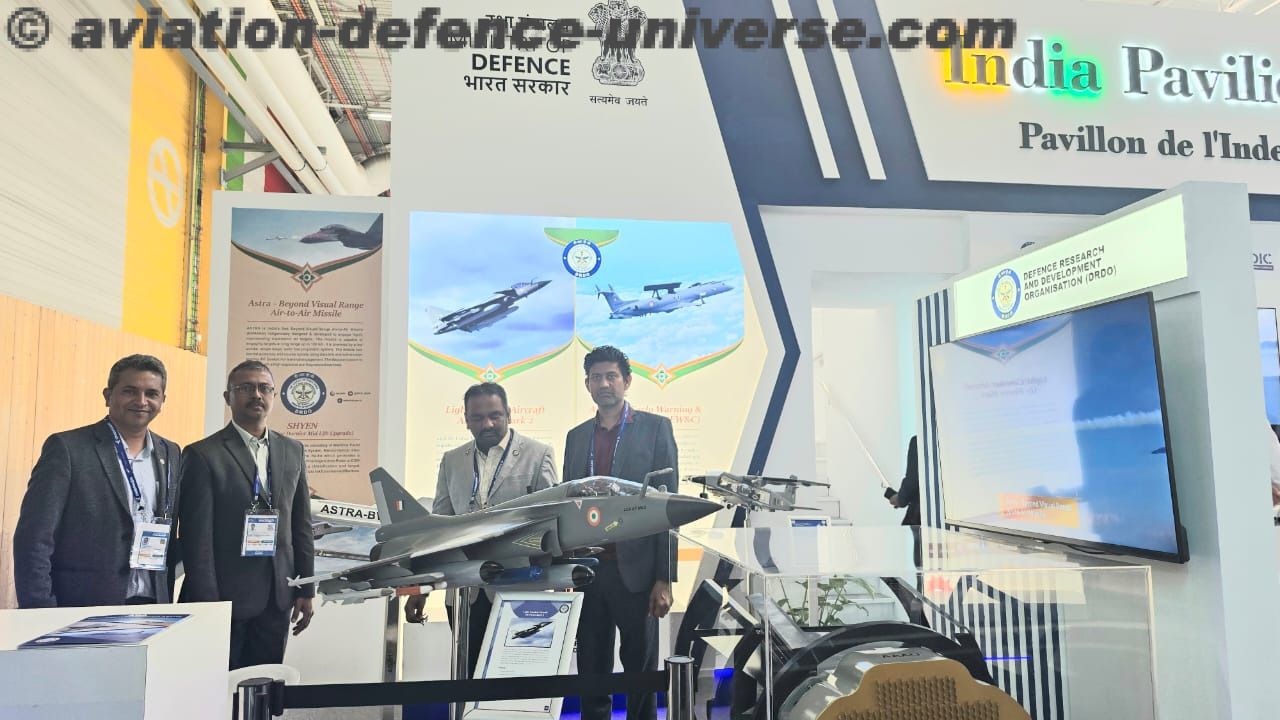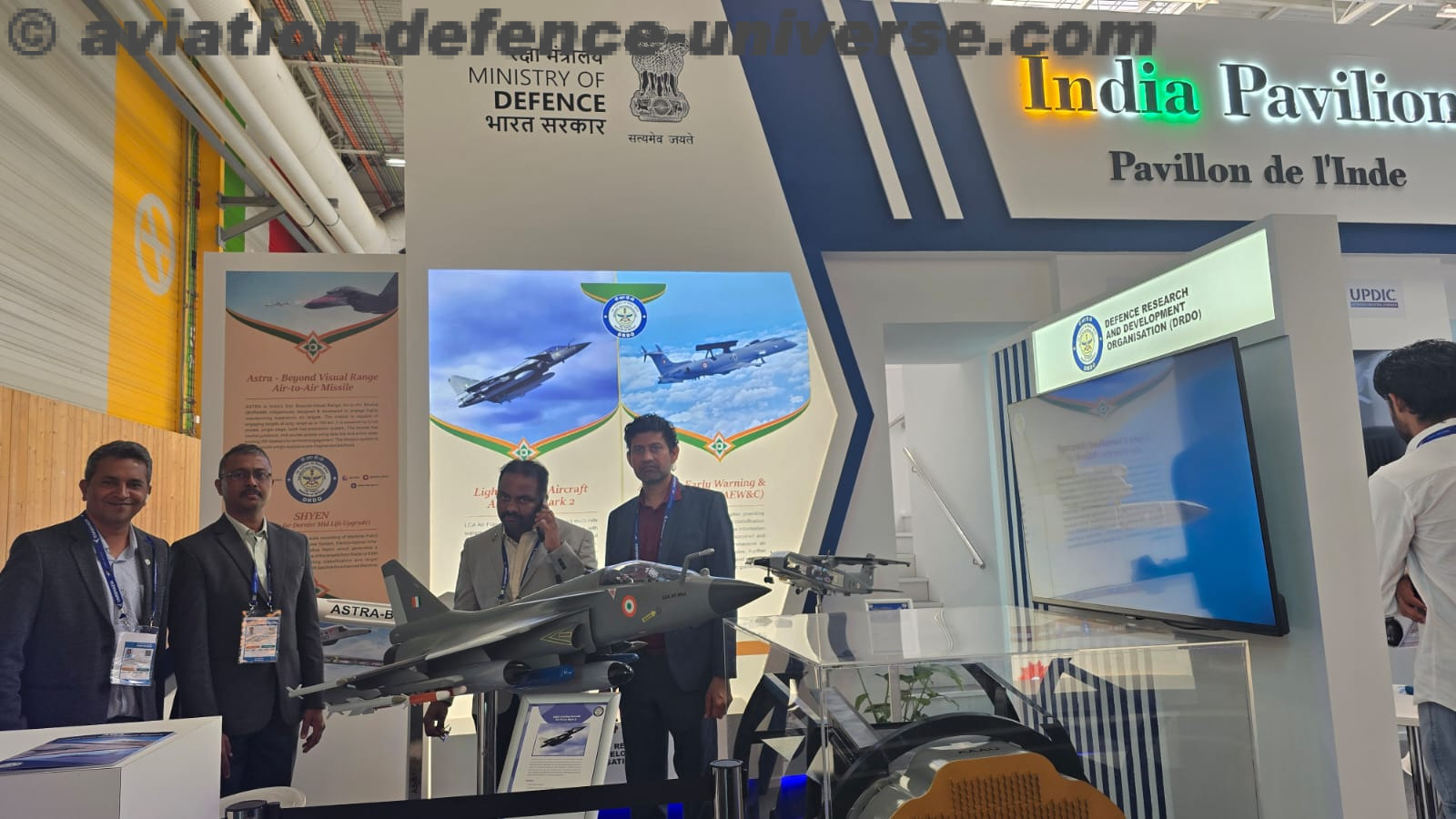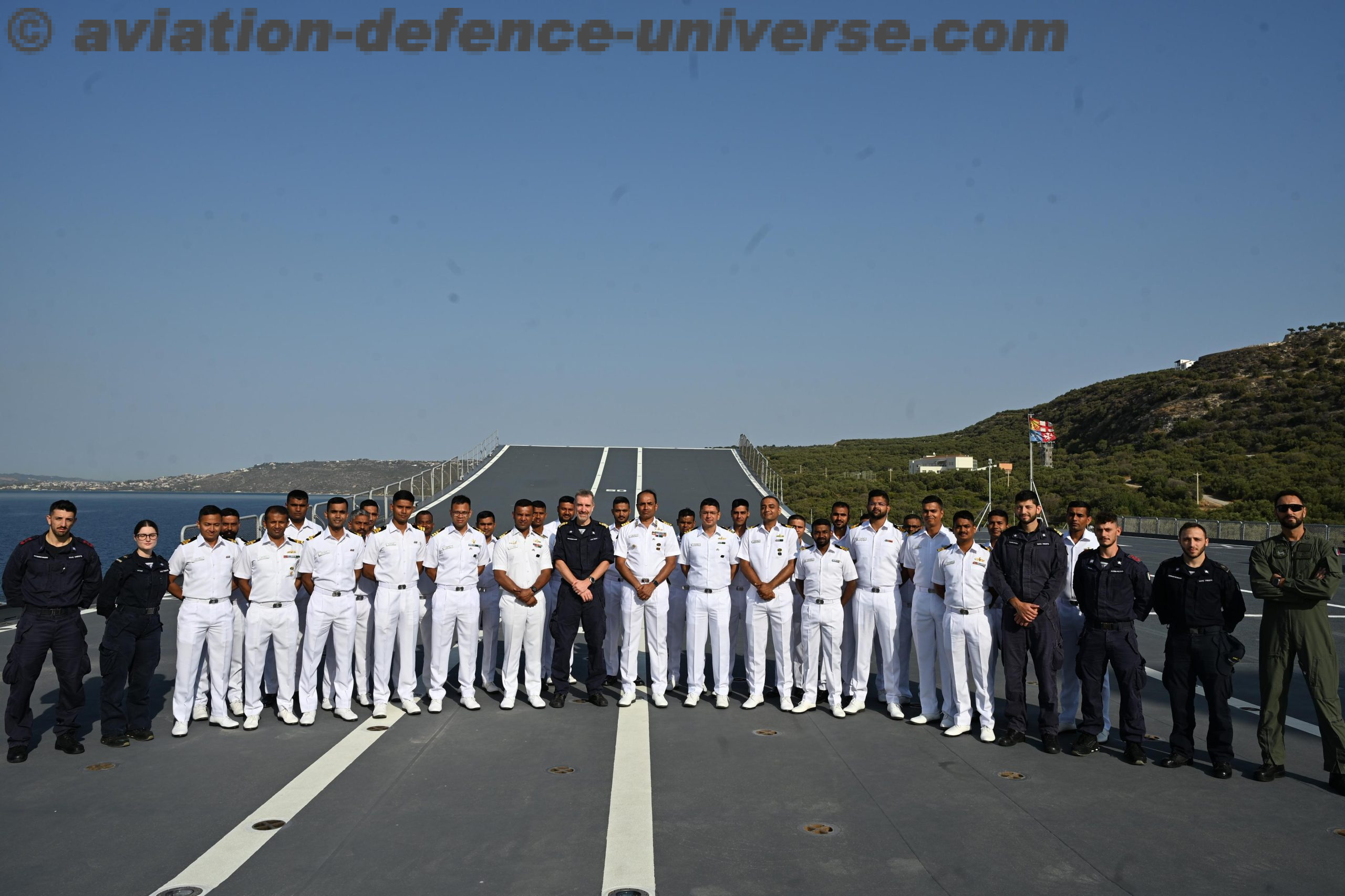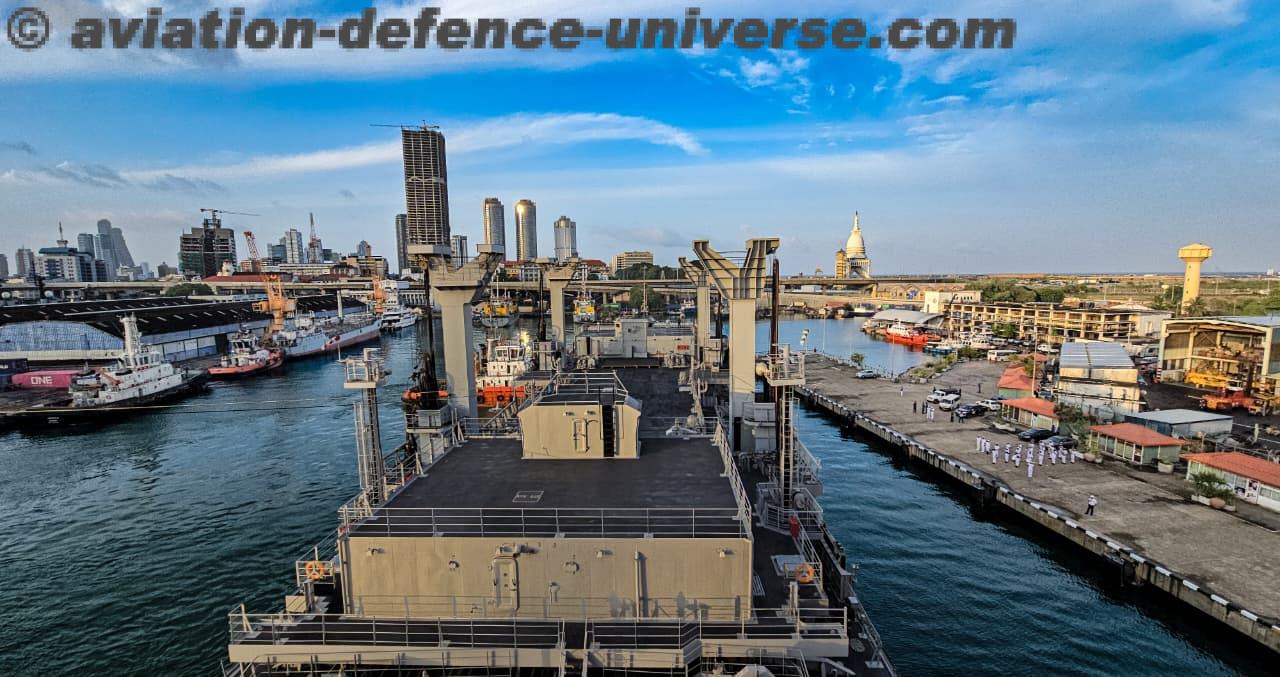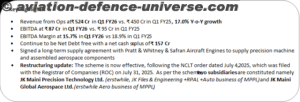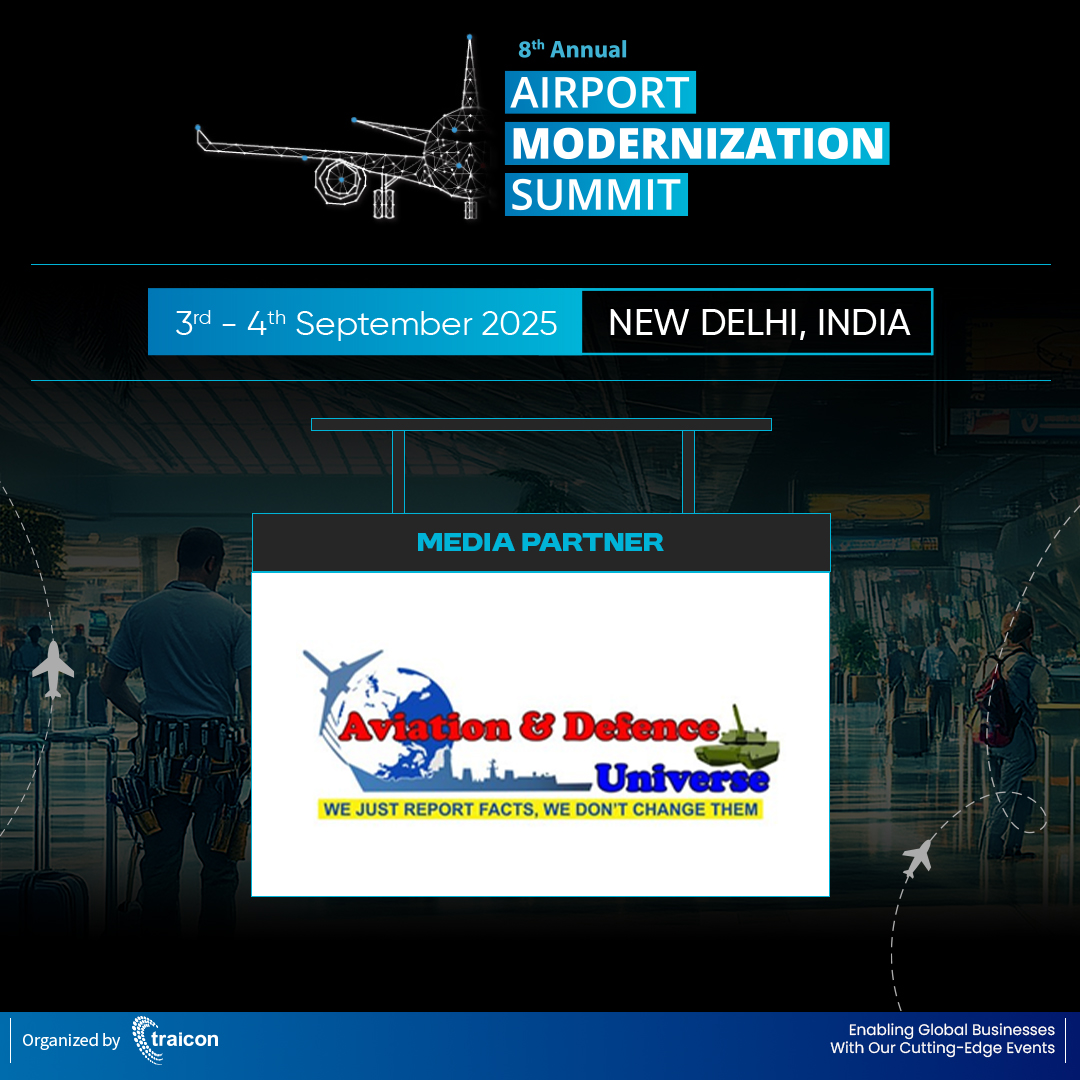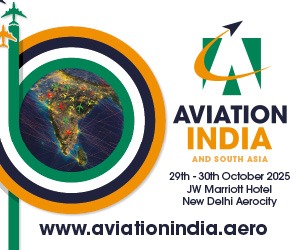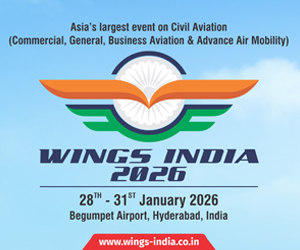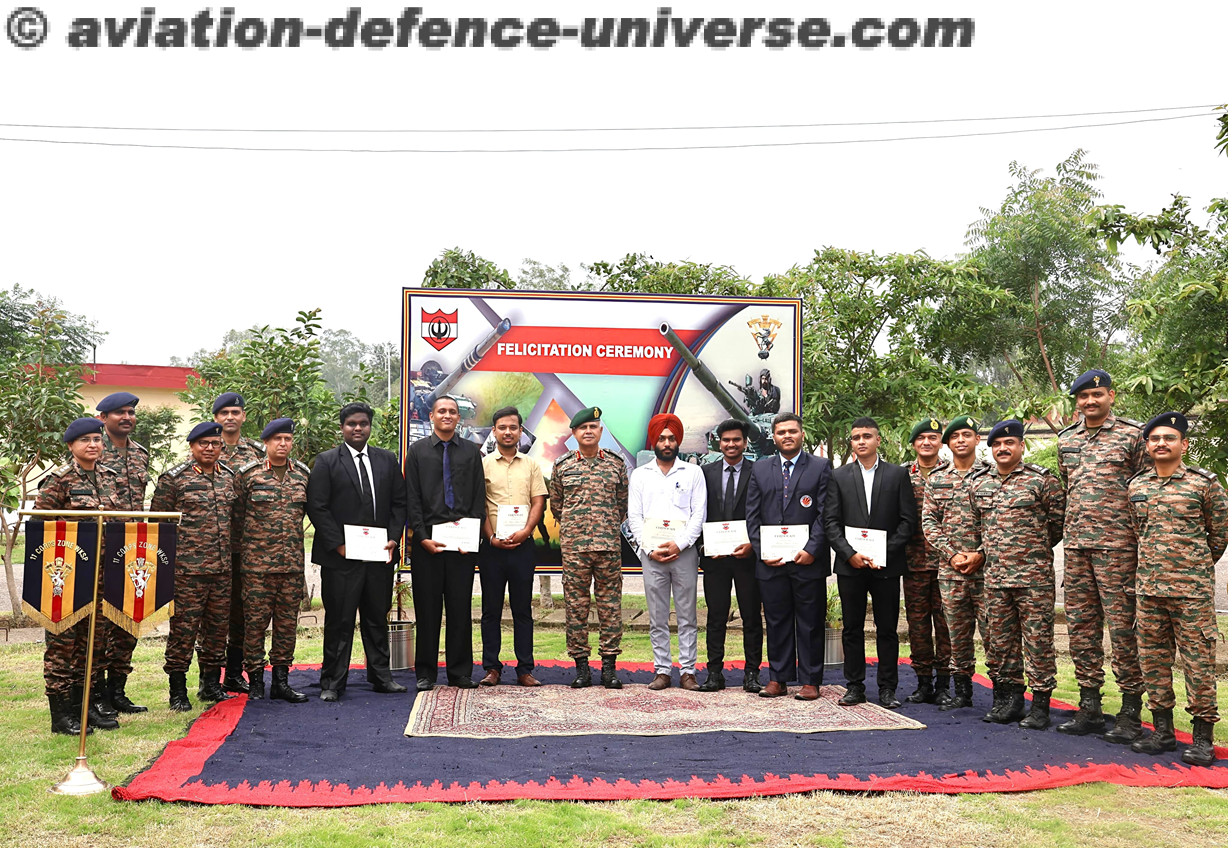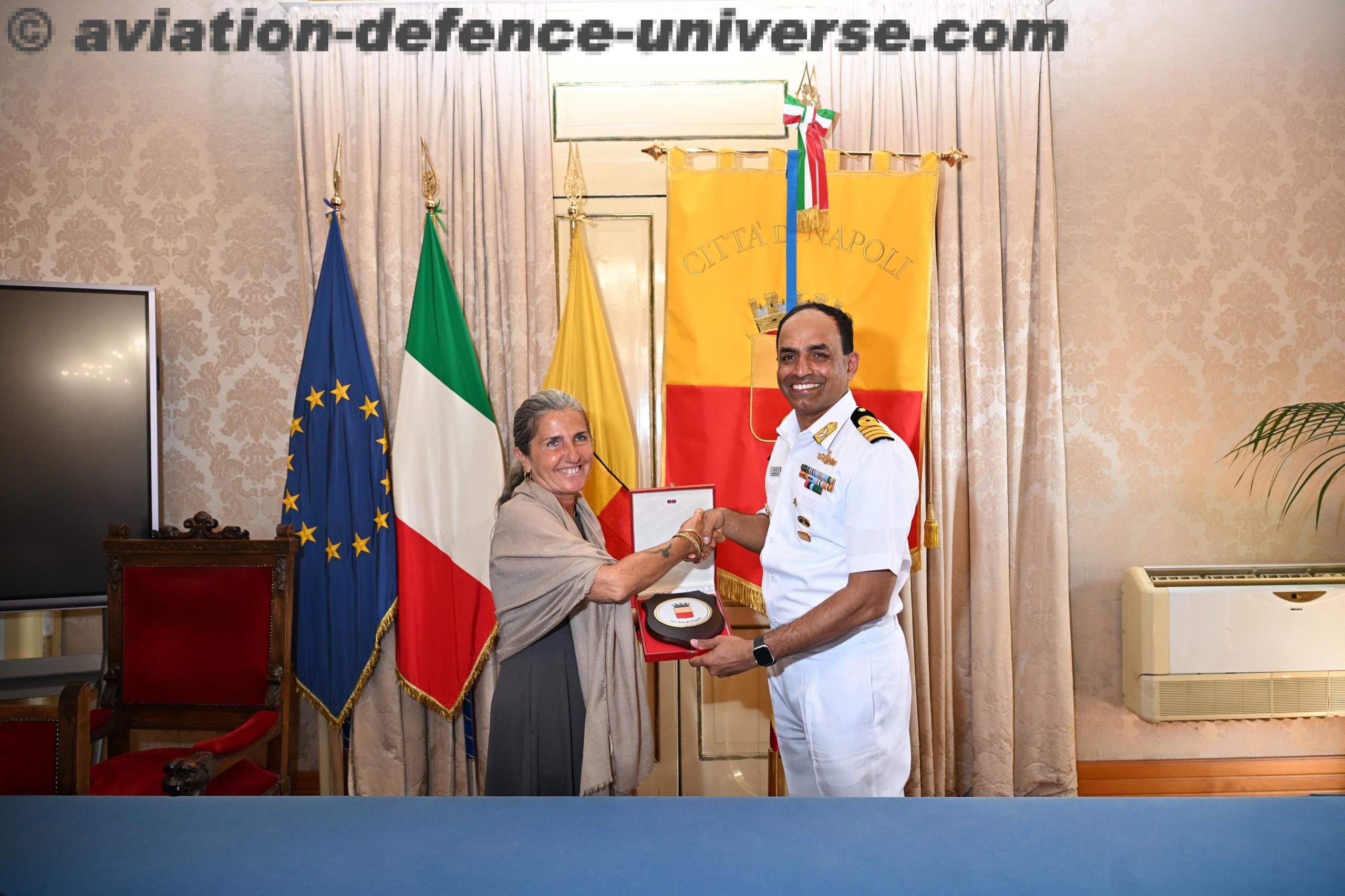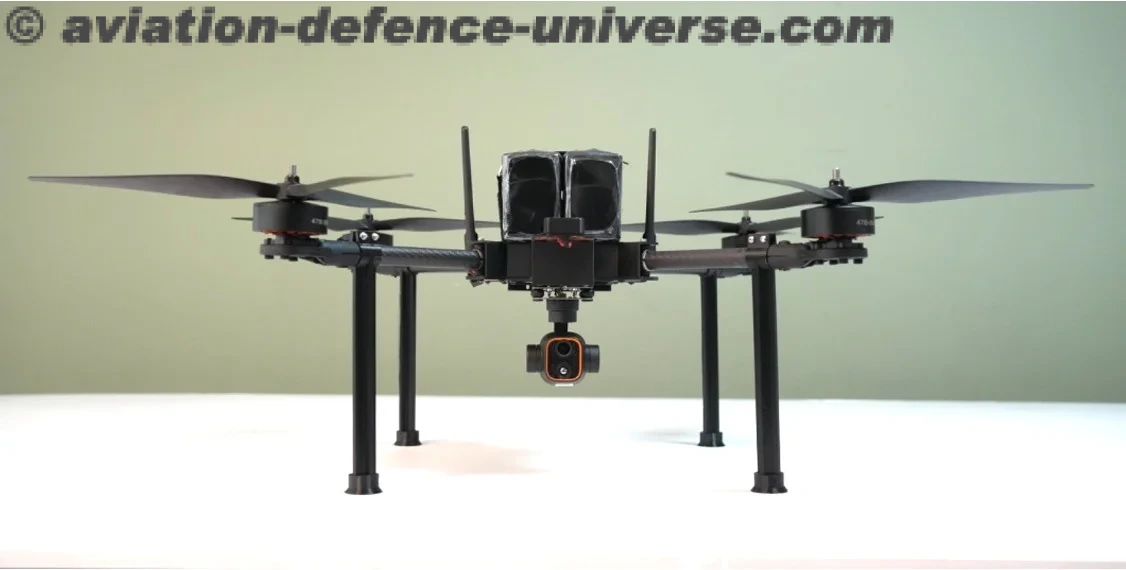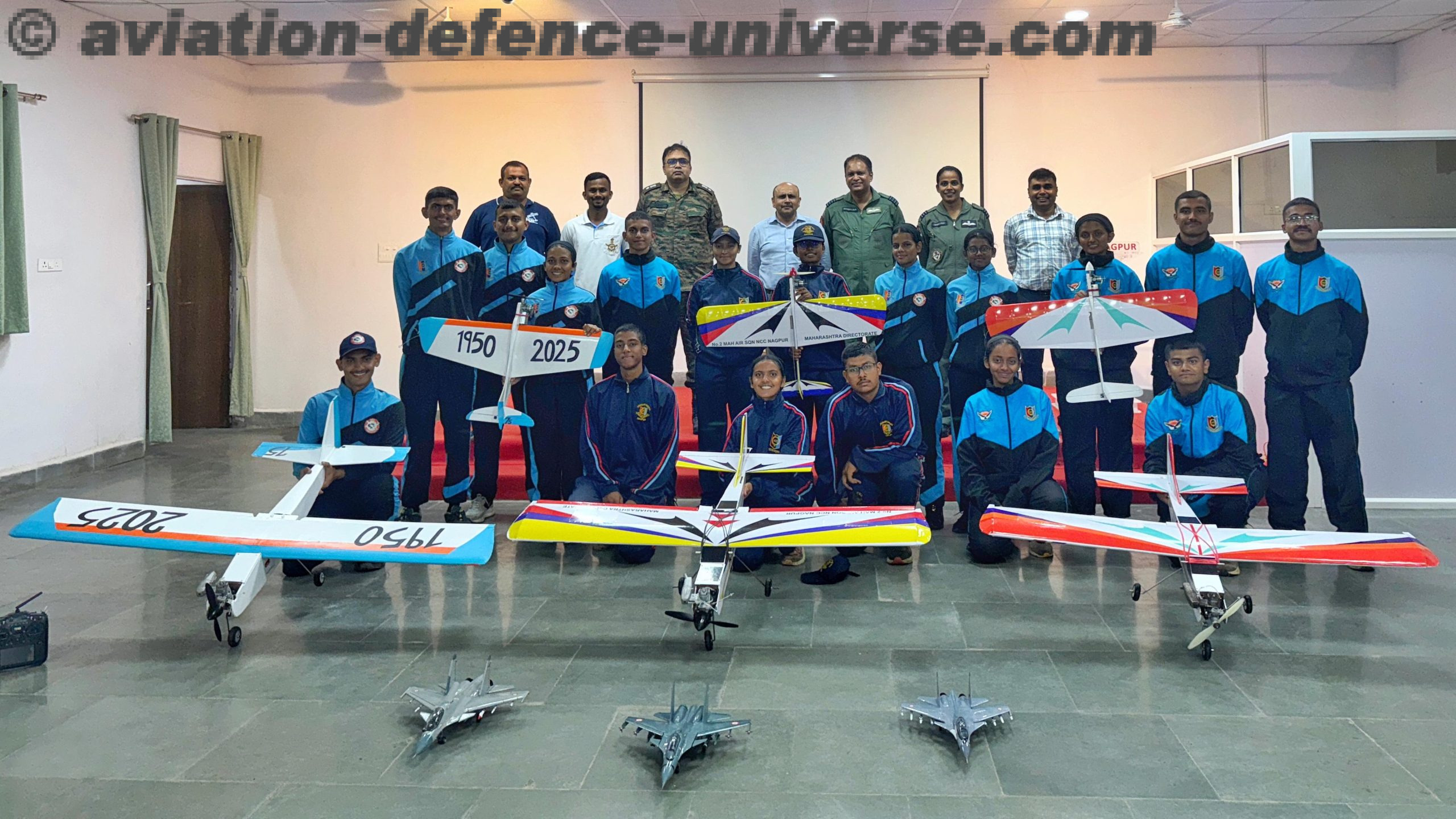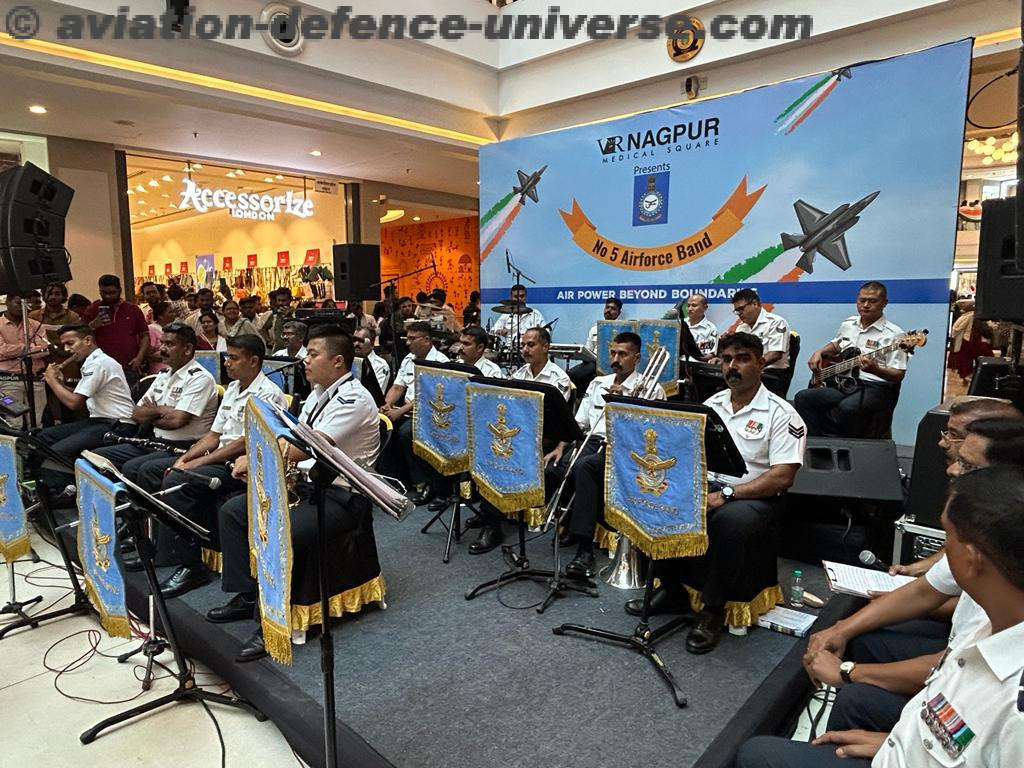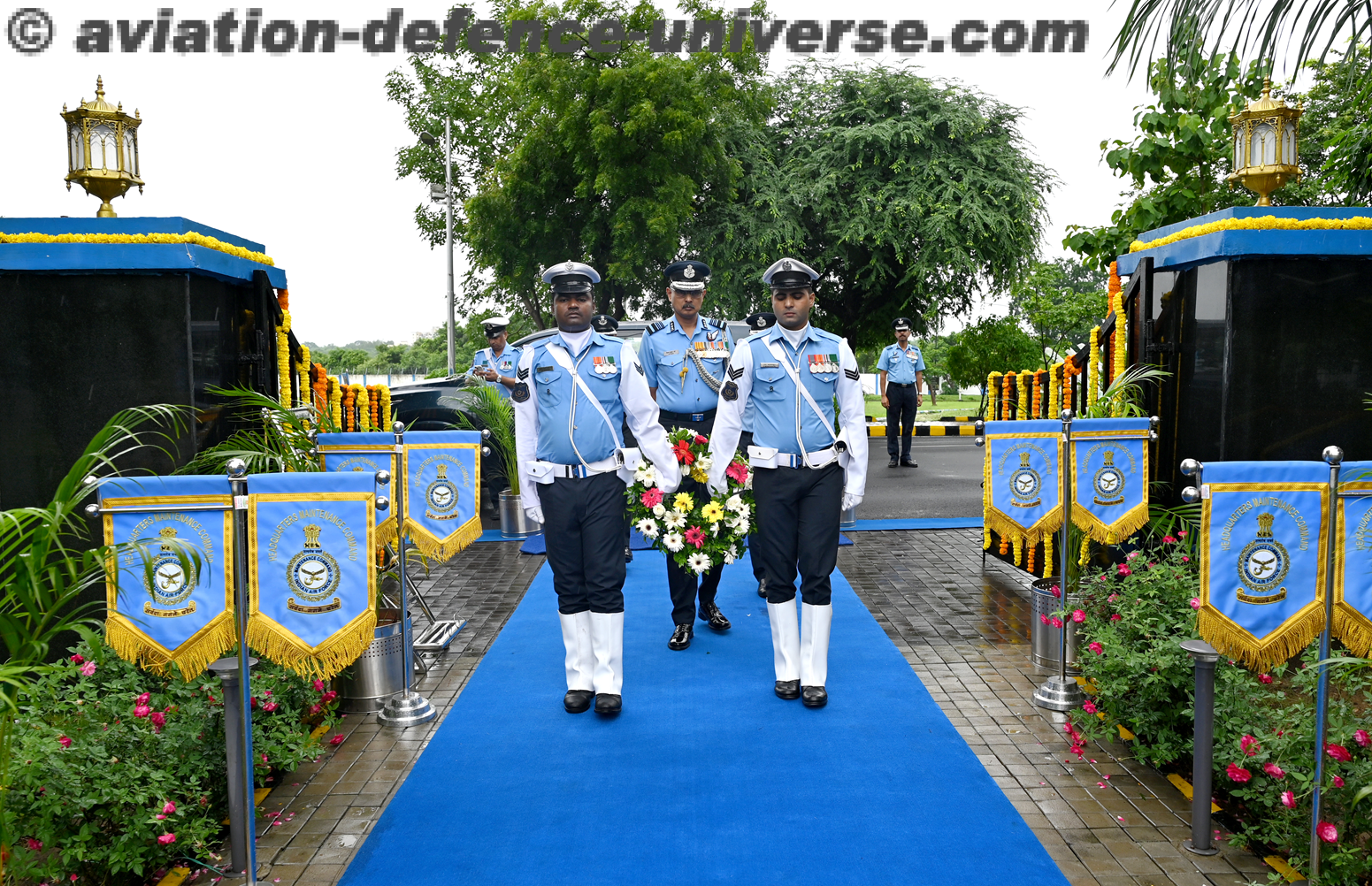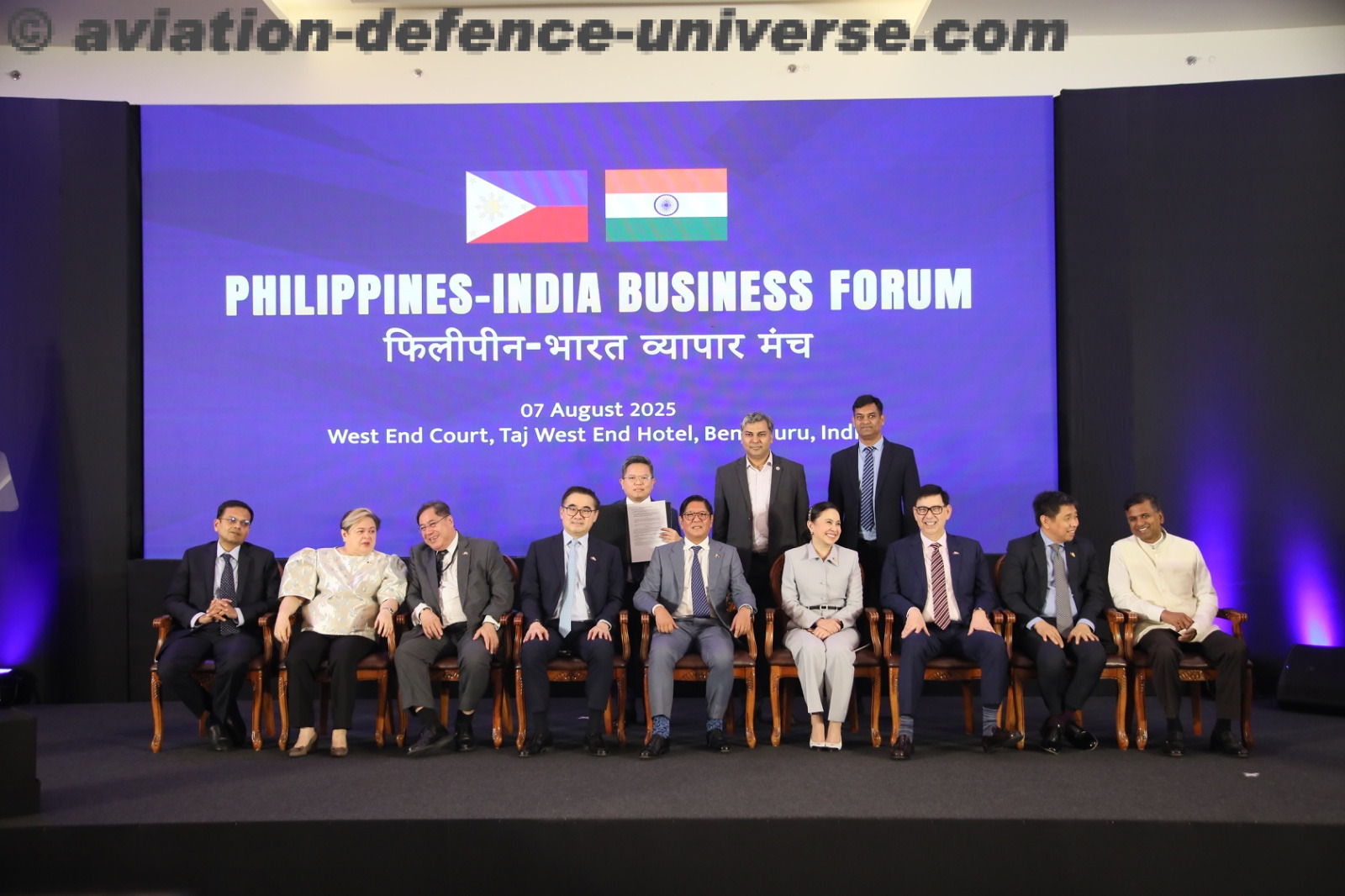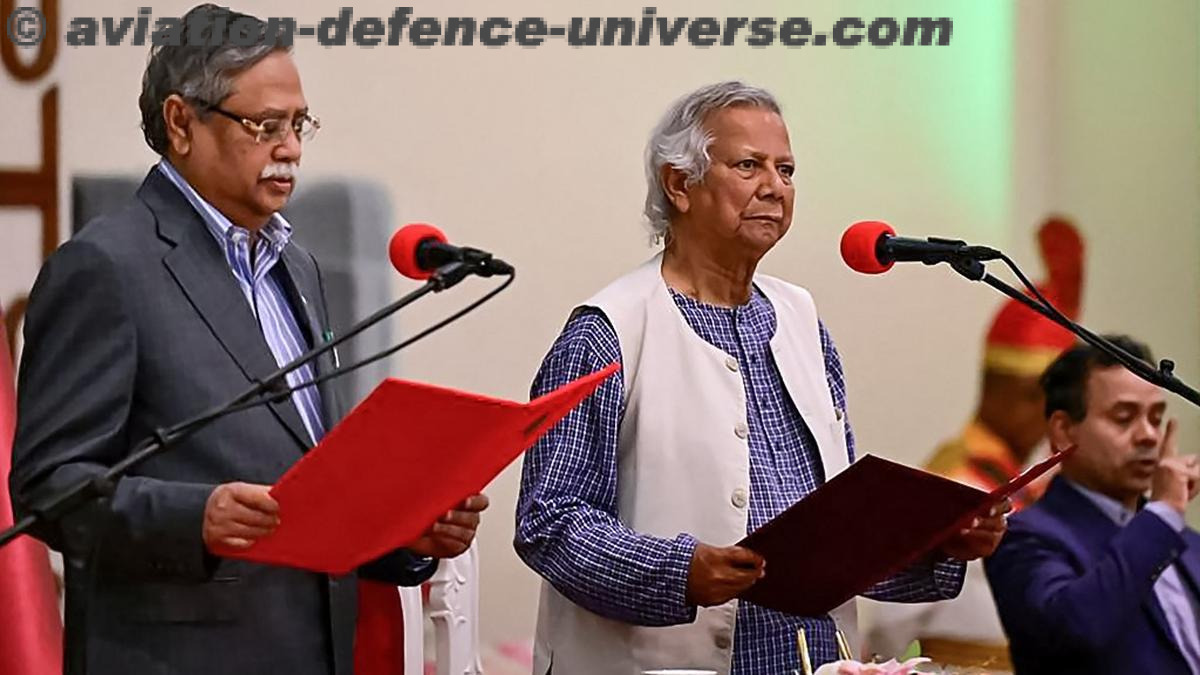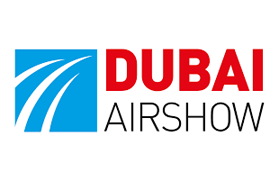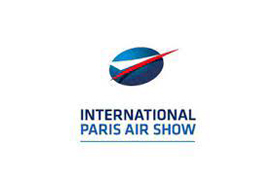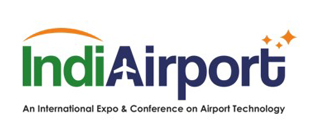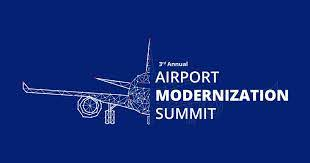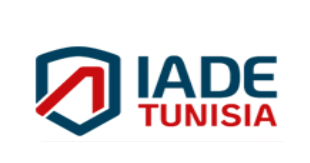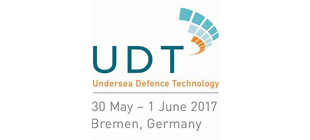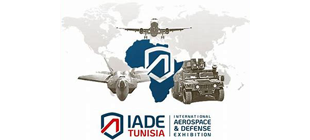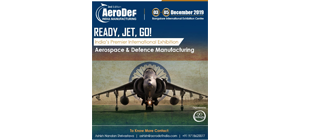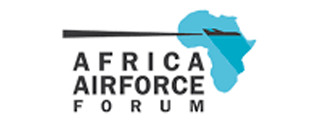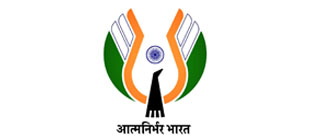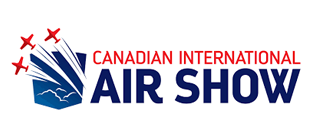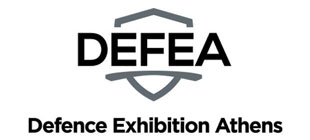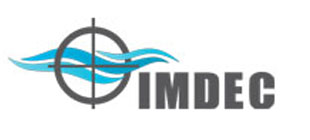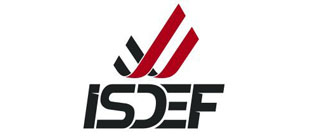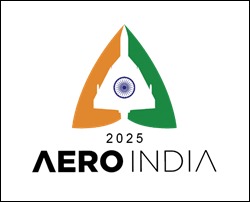- Record $2.8 billion net profit, boosted by the one-off non-cash accounting gain of $1.1 billion from the Air India-Vistara merger
- Operating profit of $1.7 billion on lower yields from heightened competition, partially mitigated by record passenger carriage
- The SIA Group remains in strong position to navigate global trade and macroeconomic uncertainties due to its robust foundations and long-term strategic investments
- Proposed final dividend of 30 cents per share for FY2024/25, resulting in a total dividend of 40 cents per share for the year

Financial Year FY2024/25 – Profit and Loss
The Singapore Airlines (SIA) Group’s financial performance for the financial year FY2024/25 is summarised as follows:
| Group Financial Results |
FY2024/25 ($ million) |
FY2023/24 ($ million) |
Better/ (Worse)
(%) |
2nd Half
FY2024/25 ($ million) |
2nd Half
FY2023/24 ($ million) |
Better/ (Worse)
(%) |
| Total Revenue | 19,540 | 19,013 | 2.8 | 10,042 | 9,850 | 1.9 |
| Total Expenditure | 17,831 | 16,285 | (9.5) | 9,129 | 8,677 | (5.2) |
| Net Fuel Cost | 5,386 | 5,077 | (6.1) | 2,656 | 2,794 | 4.9 |
| Fuel Cost (before hedging) | 5,441 | 5,468 | 0.5 | 2,643 | 2,940 | 10.1 |
| Fuel Hedging (Gain)/Loss | (55) | (391) | (85.9) | 13 | (147) | n.m. |
| Non-fuel Expenditure | 12,445 | 11,209 | (11.0) | 6,473 | 5,883 | (10.0) |
| Operating Profit | 1,709 | 2,728 | (37.3) | 914 | 1,174 | (22.1) |
| Net Profit | 2,778 | 2,675 | 3.9 | 2,036 | 1,234 | 65.0 |
Group revenue climbed $527 million (+2.8%) from a year before to a record $19,540 million, driven by resilient demand for air travel and cargo uplift in FY2024/25. SIA and Scoot carried a record 39.4 million passengers, up 8.1%. Group passenger load factor (PLF) fell 1.4 percentage points to 86.6%, as passenger traffic growth of 6.4% lagged capacity expansion of 8.2%. Passenger yields dipped 5.5% to 10.3 cents per revenue passenger-kilometre amidst intensified competition due to industry-wide capacity injection. For the year, passenger flown revenue came in at $15,849 million (+1.0%).
Cargo flown revenue improved by $94 million (+4.4%), buoyed by the strong demand for e-commerce and perishables, as well as the spillover from disruptions to sea freight. While the cargo load factor (CLF) rose 1.6 percentage points to 56.1%, yields decreased 7.8% due to increased competition.
Group expenditure rose $1,546 million (+9.5%) to $17,831 million, with non-fuel expenditure up $1,236 million (+11.0%), driven by the 8.9% overall capacity growth and cost escalation pressures. This was partially mitigated by the Group’s cost management measures, including digitalisation and productivity improvement initiatives. Net fuel cost increased by $309 million (+6.1%) as the impact of the increase in volume uplifted (+$508 million) and smaller fuel hedging gains (+$336 million) was partially offset by an 8.5% reduction in fuel prices (-$510 million) and favourable exchange rate impact (-$25 million).
As a result, the Group recorded a lower operating profit of $1,709 million for FY2024/25, down $1,019 million (-37.3%) from the prior year.
The Group’s net profit improved $103 million (+3.9%) to a record $2,778 million, due to a $1,098 million non-cash accounting gain following the completion of the Air India-Vistara merger in November 2024.
Second Half FY2024/25 – Profit and Loss
The Group achieved its highest half-yearly revenue of $10,042 million, a $192 million (+1.9%) increase from the same period last year as key business segments registered higher revenue. Passenger revenue rose by $46 million (+0.6%) and cargo revenue by $52 million (+4.9%) as passenger and cargo carriage grew by 5.0% and 7.3% respectively. However, intense competition pushed yields down by 4.5% for passenger and 2.1% for cargo. Group PLF was 0.5 percentage point lower at 86.8%, while the CLF fell by 1.4 percentage points to 54.9%.
Operating expenditure grew $452 million (+5.2%), with non-fuel expenditure increasing $590 million (+10.0%), outpacing the overall capacity expansion (+7.3%) due to cost escalation. The increase in non-fuel expenditure was partially offset by a $138 million (-4.9%) reduction in net fuel cost. The decrease in fuel cost was primarily due to a 15.6% decline in fuel prices (-$496 million), which more than compensated for the increased fuel volume uplifted (+$229 million) and a swing from fuel hedging gain last year to a loss (+$160 million) this year.
Accordingly, compared to the same period last year, operating profit declined $260 million (-22.1%) to $914 million. The Group’s net profit for the second half of the year surged $802 million (+65.0%) to $2,036 million due to the non-cash accounting gain from the Air India-Vistara merger.
Balance Sheet
The Group’s shareholder equity stood at $15.7 billion as of 31 March 2025, $0.7 billion lower than 31 March 2024. This was largely due to the redemption of the remaining Mandatory Convertible Bonds (MCBs) in June 2024, along with the payments of the FY2023/24 final dividend and FY2024/25 interim dividend. Total debt balances fell $0.5 billion to $12.9 billion, with the debt-equity ratio remaining flat at 0.82.
Cash and bank balances declined by $3.0 billion to $8.3 billion, mainly due to capital expenditure disbursements ($1.8 billion), MCB redemption ($1.7 billion), dividend payments ($1.4 billion), and the investment in Air India ($1.0 billion), partially offset by $4.7 billion in net cash generated by operations. The Group also held $1.8 billion in fixed deposits with tenors exceeding 12 months, classified under other assets. In addition to holding one of the strongest balance sheets in the industry, the Group also currently maintains access to additional liquidity of $3.3 billion committed lines of credit, all of which remain undrawn.
FLEET AND NETWORK DEVELOPMENT
As of 31 March 2025, the Group operating fleet comprised 205 aircraft with an average age of seven years and eight months. SIA operated 145 passenger aircraft1 and seven freighters, while Scoot had 53 passenger aircraft2. In April 2025, the Group added one Airbus A321neo and one Boeing 787-8 to its fleet. As of 1 May 2025, the Group had 78 aircraft on order3.
The Group’s passenger network4 covered 128 destinations in 36 countries and territories as of 31 March 2025. SIA served 79 destinations while Scoot operated to 71 destinations. The cargo network comprised 132 destinations in 37 countries and territories.
For the Northern Summer 2025 operating season (30 March 2025 to 25 October 2025), SIA will increase services to Brisbane, Colombo, Jakarta, Johannesburg, London (Gatwick), Manila, and Seattle. Scoot launched services to Iloilo City in April 2025 and will begin operations to Vienna in June 2025.
STRATEGIC INITIATIVES
The Group remains committed to building strategic partnerships that enhance its network connectivity and unlock growth opportunities. All Nippon Airways (ANA) and SIA will commence revenue-sharing flights between Japan and Singapore from September 2025, with the joint fare products for these services going on sale in May 2025. This deepened commercial collaboration enables ANA and SIA to offer customers additional value beyond the existing codeshare partnerships, providing a greater variety of fare options and enhanced flight schedules, which will further strengthen connectivity for both passenger travel and air freight between Japan and Singapore.
To bolster its premium positioning and elevate the end-to-end customer journey, SIA announced a $1.1 billion investment in November 2024 to install all-new long-haul cabin products across its Airbus A350-900 long-haul and ultra-long-range (ULR) fleet, redefining the premium travel experience across its network. This includes the introduction of its new First Class cabin in seven A350-900ULR aircraft, setting new industry benchmarks for travel on the world’s longest routes.
In April 2025, SIA announced a $45 million transformation of its SilverKris and KrisFlyer Gold lounges at Singapore Changi Airport Terminal 2. The revamped lounges will feature 50% more space and seating capacity, upgraded facilities, signature elements from SIA’s flagship lounges at Changi Airport Terminal 3, and a wider variety of food and beverage options.
The Group continues to invest in its digital capabilities, including Generative Artificial Intelligence (GenAI), giving it an edge in the competitive aviation landscape. SIA and Salesforce are collaborating on AI-powered customer service applications to enable the Airline to deliver more consistent and personalised service to its customers. Both companies also plan to co-develop AI solutions for airlines to provide greater value and additional benefits to the industry. In addition, SIA is working with OpenAI to develop and implement advanced GenAI solutions to enhance the Airline’s customer experience and operational efficiency.
CELEBRATING WITH SINGAPORE
The Group is commemorating Singapore’s 60th year of independence with a series of SG60-themed initiatives. In April 2025, special SG60 fare deals were offered for travel between April and November 2025. Customers can also enjoy SG60 exclusives on Kris+, KrisShop, and Pelago, bonus miles accrual on Scoot flights, as well as additional discounts during KrisFlyer’s upcoming Spontaneous Escapes in August 2025.
The Group also aims to raise $1.3 million in a SG60 fundraising campaign and will match the amount raised dollar-for-dollar, donating a total of $2.6 million to AWWA and Rainbow Centre, two Singapore-based agencies that support children and youth with disabilities and developmental needs. In addition, SIA will also host a special two-day edition of its SIA Cares Open House in July 2025, welcoming more than 600 beneficiaries, including individuals from disadvantaged backgrounds, youth at risk, and the differently abled, for an exclusive behind-the-scenes tour of SIA’s training centre.
FINAL DIVIDEND
The Board of Directors has recommended a final dividend of 30 cents per share for FY2024/25.
Including the interim dividend of 10 cents per share paid on 11 December 2024, the total dividend for FY2024/25 will be 40 cents per share, representing a total dividend distribution of $1.2 billion for the year. Subject to shareholders’ approval at the Annual General Meeting on 25 July 2025, the final dividend (tax exempt, one-tier) will be paid on 27 August 2025 for shareholders as of 11 August 2025.
OUTLOOK
The global airline industry faces a challenging operating environment amid changing tariff policies and trade tensions, economic and geopolitical uncertainties, and continued supply chain constraints. These factors may impact consumer and business confidence, potentially affecting both passenger and cargo markets.
The Group remains vigilant, closely monitoring developments and prepared to respond swiftly to market conditions. The Group will rely on its strong foundations, including dual brand portfolio airline, well-diversified global network, a robust balance sheet, talented and dedicated workforce, as well as industry-leading digital capabilities to navigate these challenges.
Shifts in global passenger and trade flows may also open new opportunities for the Group, with its well-diversified global passenger and cargo network. Its hub in Singapore offers a strategic advantage, given its position at the centre of growing economies in South East Asia, South Asia, and the wider Asia-Pacific region, and the Group’s strong presence in these markets.
The Group’s dual-brand strategy, which leverages both SIA and Scoot, provides it with the flexibility to offer customers a wide range of options while responding nimbly to market dynamics. In addition, win-win partnerships with like-minded carriers allow it to work together with these airlines to open up growth opportunities particularly in the Asia-Pacific region.
SIA and Tata Sons (Tata) successfully completed the Air India-Vistara merger on 12 November 2024, reinforcing the Group’s multi-hub strategy. SIA now holds a 25.1% stake in the enlarged Air India, allowing it to participate directly in the fast-expanding Indian aviation market. SIA and Tata are firmly committed to supporting the growth and success of Air India, which has a strong presence across all key segments of the Indian market.
Continued focus on product leadership and service excellence, including investments in next-generation aircraft, new cabin products, and airline lounges, will help the Group’s airlines maintain their competitive edge by providing customers with more value and enhancing the end-to-end travel experience.
While global uncertainties remain, the Group is in a strong position to focus on profitability, while pursuing growth opportunities and ensuring long-term value creation for shareholders.












